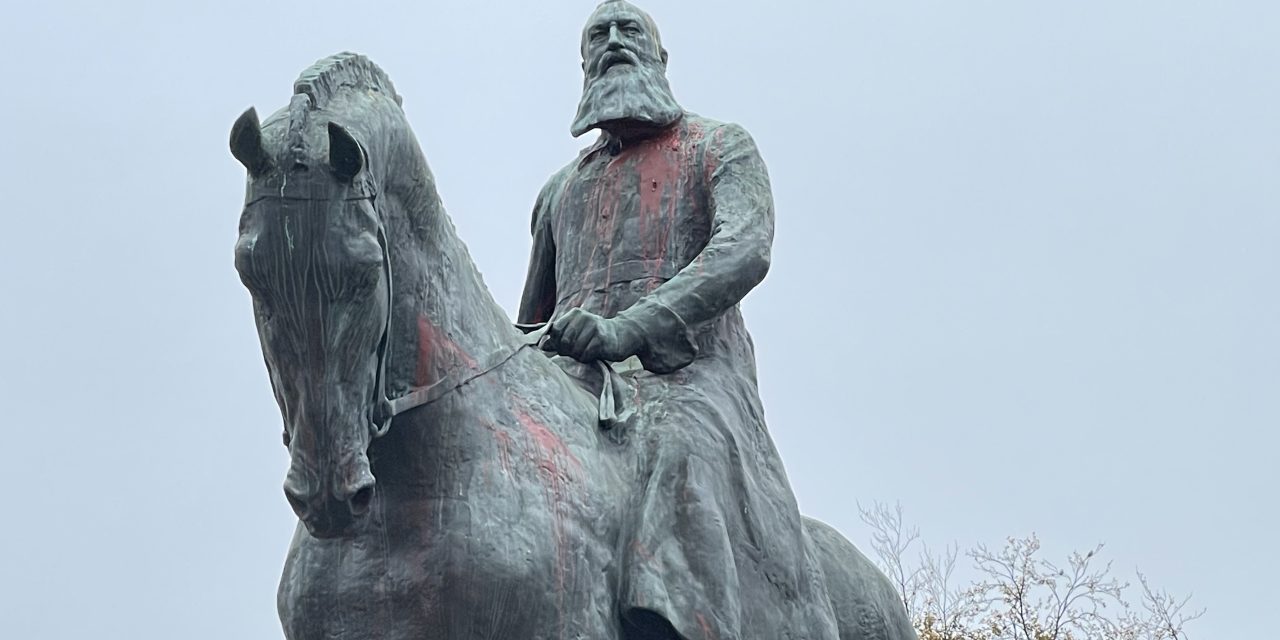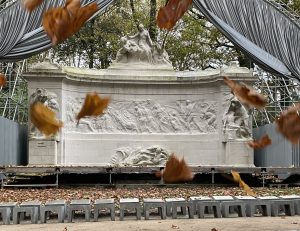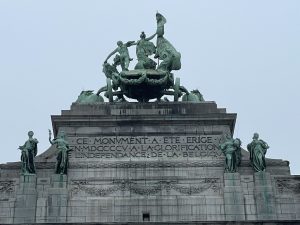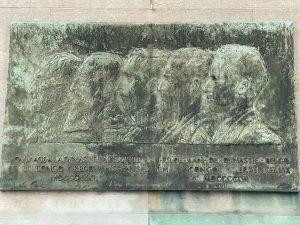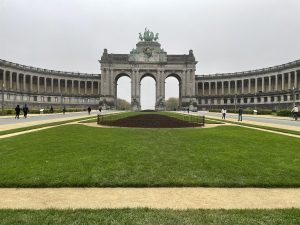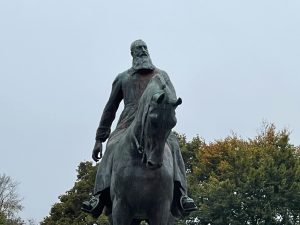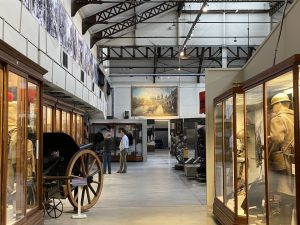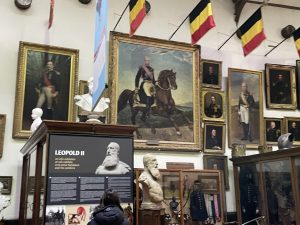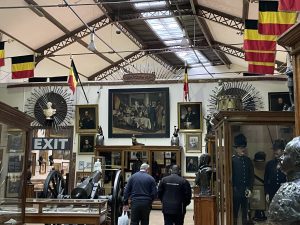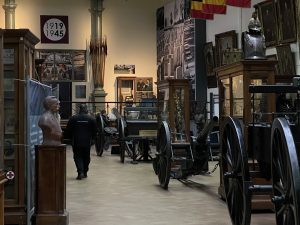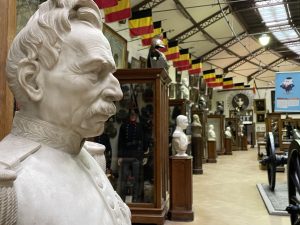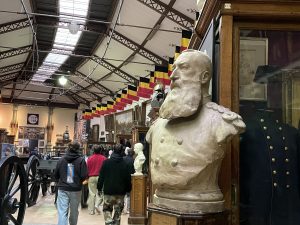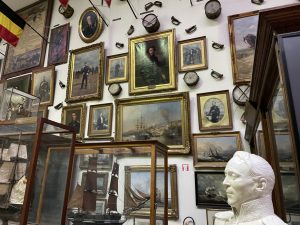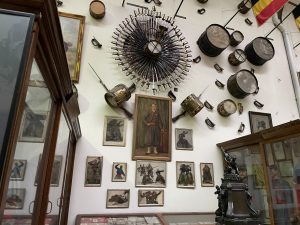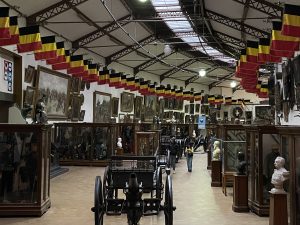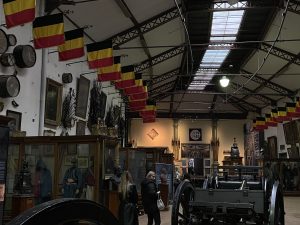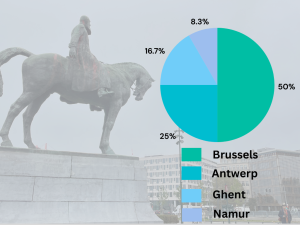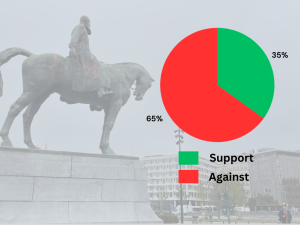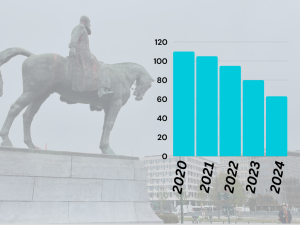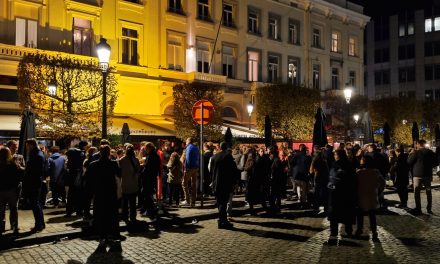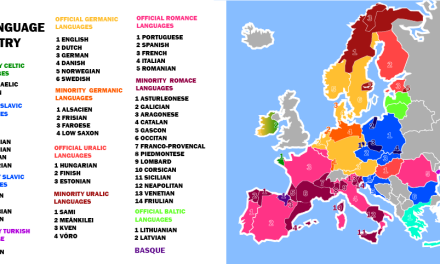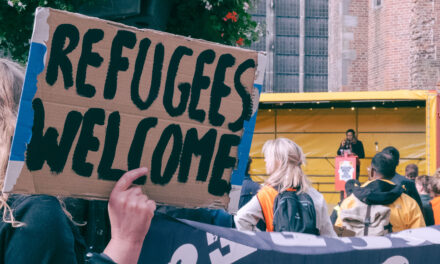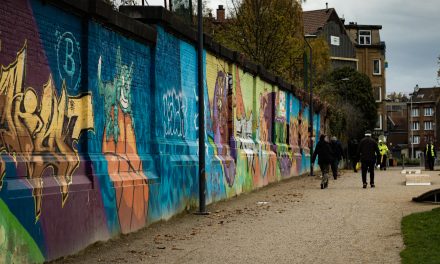In Brussels, the capital of Belgium and all of Europe, we can still find fragments of the colonial past of the Kingdom of Belgium. The city is full of colonial monuments that remind people of the colonization of the Congo by King Leopold II. These monuments have caused different reactions among people. Some people like them, while others see them as a reflection of a shameful past and call for their removal.
During the reign of King Leopold II, From 1885 to 1908, he governed the Congo Free State as his private colony. Under his rule, the Congolese people suffered horrendous atrocities, including forced labor, violence, and mass murder, due to the ivory and rubber extraction industries. Up to 10 million Congolese have died during this time, a statistic that has motivated many Belgians to demand more recognition and understanding of these crimes. For many years Leopold II’s legacy was embraced in Belgium, where monuments and memorials in his honor can still be found all around the nation.
Belgium’s colonial history has been considered Europe’s greatest achievement and symbol of power. Therefore, in Brussels, we see colonial monuments, memorials and related museums. These remind people of the ruthless past of the Kingdom of Belgium. Over the years public perception has shifted, and these monuments now face criticism as symbols of oppression and exploitation. Today, Belgians see them as glorifying a violent history, sparking debates over whether these statues belong in public spaces or should be removed and placed in museums.
In Brussels, there are museums that depict the country’s colonial past. Some of them have had to endure great displeasure and protest from the public. One of these museums is the Royal Museum of the Armed Forces, where colonial monuments are clearly displayed. Historically, the museum highlighted Belgium’s military history, focusing on accomplishments of Belgian armed forces. However, public demands for more transparency around colonial history have prompted changes. Exhibits now provide more context, detailing how military figures enforced colonial rule and suppressed uprisings in the Congo.
Staff member of The Royal Museum of the Armed Forces, Jan Lambrecht, explains why and how the museum conveys the history of the Belgian armed forces, which also reflects the colonization of the Congo. “Our mission at the museum is to provide a thorough and open presentation of Belgium’s military history. A significant portion of that plot revolves around colonial history. We attempt to include both the humanitarian and military facets of colonial authority, including how the soldiers imposed it and the effects it had on the Congolese people.” By presenting the military’s activities within a broader historical framework, the museum attempts to foster a critical understanding of Belgium’s role in the Congo Free State. Lambrecht adds, visibly frustrated, “It’s not enough to just show the facts, we need to confront the legacy of violence and exploitation, and that means allowing the full, uncomfortable truth to be seen.”
Various protest movements are active in the country against colonial monuments. The Collective for the Memory of Colonialism and Struggle Against Discrimination (CMCLD) advocates for removing or recontextualizing colonial monuments in Belgium, raises awareness about the country’s colonial past, and fights against ongoing discrimination.
The struggle to demolish colonial monuments and demand recognition for the pain inflicted by colonialism has been led by activists such as Sandrine Ekofo. Ekofo has dedicated her life to learning more about Belgium’s colonial past as a member of the CMCLD. “These monuments celebrate a history of pain and exploitation that many people still feel today. We’re giving a message that millions of people’s suffering can be disregarded by keeping them in public areas.” With a clear sense of anger in her voice, she continues, “When I see those statues, I don’t just see history, I see the ongoing wounds. I see the people whose lives were destroyed, and I see how their suffering is still being ignored, even today.”
Although the city of Brussels is considered to be the capital of democracy, it still bears the scars of the country’s colonial past, which citizens actively oppose.
- Amount of the monuments around the country
- Opinion of the Belgian people against the monuments
- Amount of the monuments in Brussels 2020-2024
